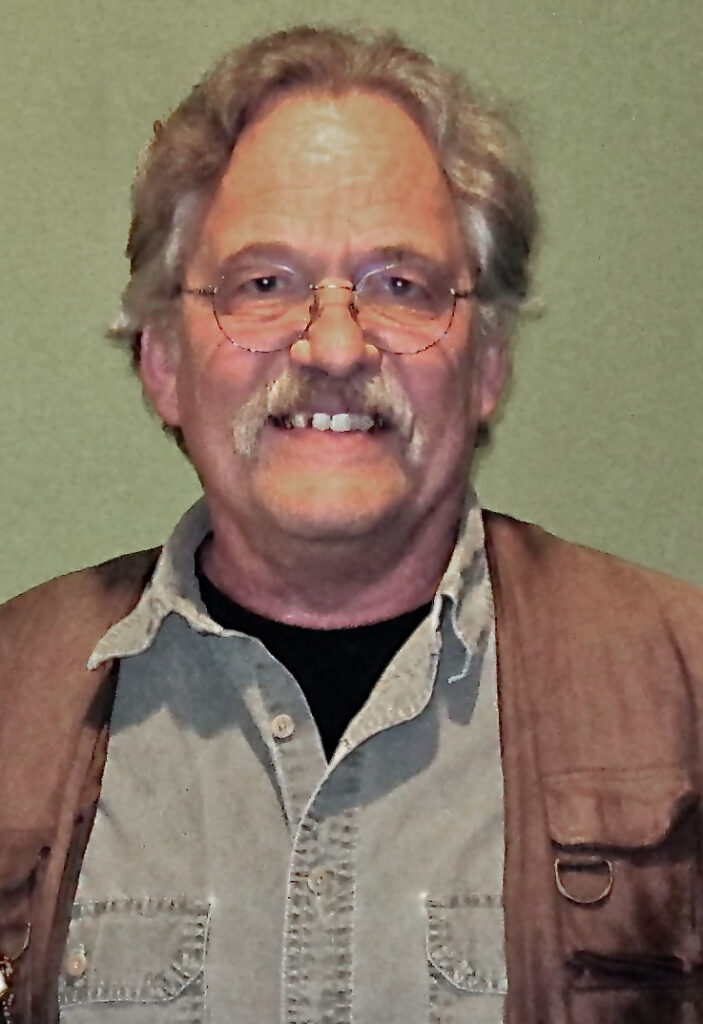Peter Larson’s life dramatically changed on a hot summer day in 1990 when he unearthed what would become one of paleontology’s most significant discoveries: a nearly complete Tyrannosaurus rex skeleton later named “Sue.” This remarkable find catapulted the self-taught fossil hunter from South Dakota’s Black Hills into scientific stardom, but simultaneously embroiled him in a complex legal battle that would ultimately lead to his imprisonment. Larson’s story weaves together passionate science, high-stakes ownership disputes, government intervention, and questions about who has the right to ancient treasures found in the American landscape. His controversial journey illuminates the tension between commercial fossil hunting and academic paleontology, while highlighting how one magnificent dinosaur skeleton changed lives, institutions, and even laws.
Early Life and Passion for Paleontology
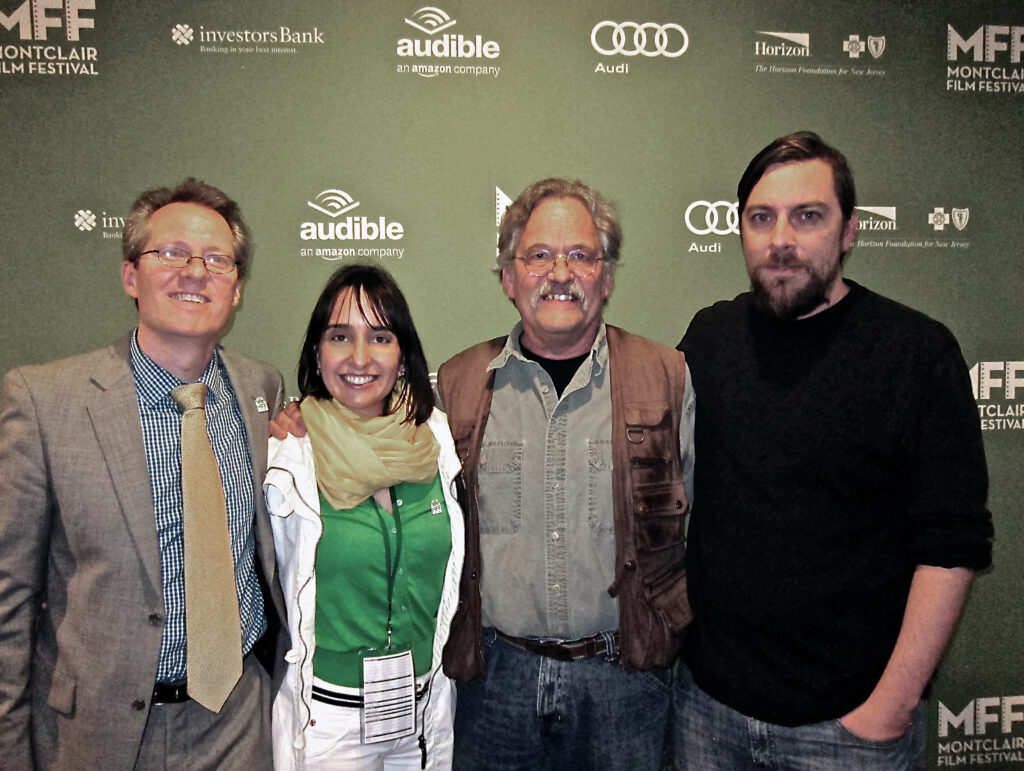
Peter Larson was born in 1952 and grew up in South Dakota, where his fascination with fossils began at an early age. As a child, he collected rocks and fossils, developing what would become a lifelong obsession with prehistoric life. Unlike many prominent paleontologists, Larson did not pursue a traditional academic path to a Ph.D., instead earning a bachelor’s degree in geology from the South Dakota School of Mines and Technology. This educational background, combined with his practical field experience, gave him a unique perspective on fossil hunting that bridged scientific methodology with commercial interests. In 1974, Larson co-founded the Black Hills Institute of Geological Research in Hill City, South Dakota, which operated as both a commercial fossil company and a research institution. The institute specialized in preparing and mounting dinosaur skeletons, creating museum-quality specimens that were sold to institutions worldwide, establishing Larson as a skilled preparator and businessman with a genuine passion for paleontological science.
The Momentous Discovery of Sue

On August 12, 1990, while conducting a fossil hunting expedition on the Cheyenne River Indian Reservation in western South Dakota, Larson and his team discovered a lifetime. Team member Sue Hendrickson noticed several vertebrae eroding from a cliff face while the rest of the crew was fixing a flat tire. Upon investigation, Larson immediately recognized they had found an exceptional Tyrannosaurus rex specimen. The excavation revealed what would prove to be the largest, most complete, and best-preserved T. rex skeleton ever discovered, with over 90% of the bones intact – an extraordinarily rare level of completeness for any dinosaur fossil. The team carefully extracted the fossil over the next seventeen days, paying the landowner, Maurice Williams, $5,000 for the right to excavate the specimen. They named the dinosaur “Sue” after its discoverer, not knowing that this magnificent fossil would soon become the center of an ownership battle that would dramatically alter Larson’s life. The specimen’s exceptional preservation included details rarely seen in other fossils, making it uniquely valuable to science.
The Complex Land Ownership Question
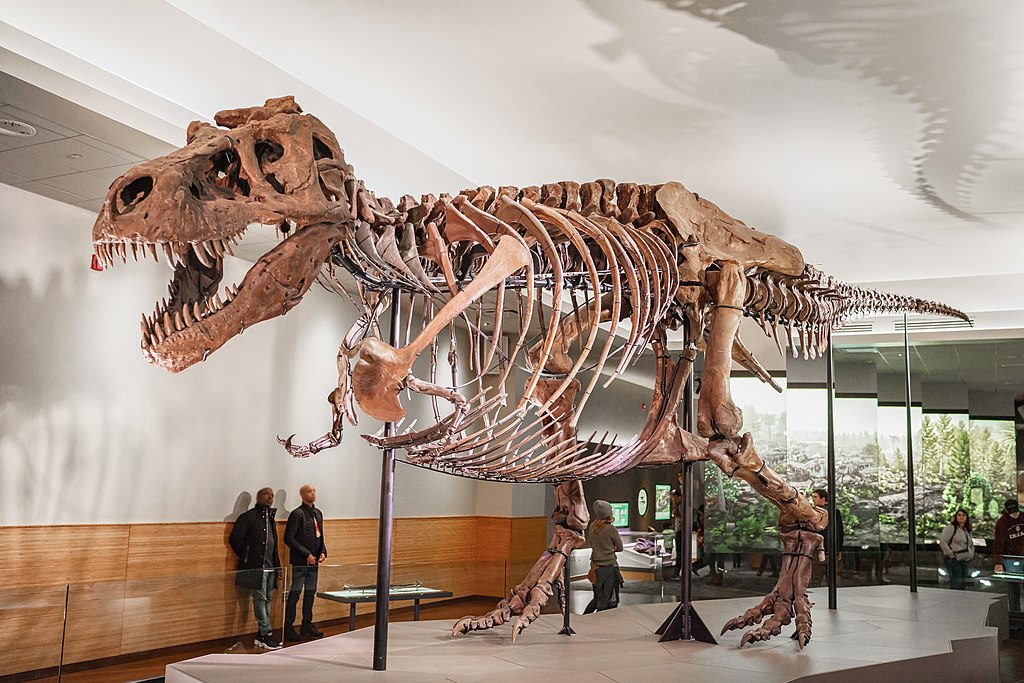
The discovery of Sue quickly plunged Larson into a complicated legal morass regarding land ownership and fossil rights. Although Larson had paid Maurice Williams for permission to excavate, the situation was far from straightforward. Williams’s land was held in trust by the federal government as part of the Cheyenne River Sioux Reservation, a critical detail that would later prove decisive in the legal battle. Under federal law, items found on trust land have special status, and questions arose about whether Williams had the authority to sell excavation rights without government approval. The Cheyenne River Sioux Tribe also claimed ownership rights to the fossil, arguing that important cultural and scientific artifacts found on reservation land should remain under tribal control. This three-way dispute between Larson, the federal government, and the tribe highlighted ambiguities in laws governing fossil collection that had never been fully tested in court. The legal complexities were unprecedented, as no T. rex specimen of Sue’s magnitude had ever been the subject of such a high-profile ownership dispute.
The Dramatic FBI Raid

On May 14, 1992, nearly two years after Sue’s discovery, the FBI descended on the Black Hills Institute in a stunning raid that shocked the paleontological community. With helicopters overhead and armed agents on the ground, federal authorities seized Sue’s bones along with business records and numerous other fossils from Larson’s institute. The dramatic nature of the raid, which involved more than thirty FBI agents and National Guard members, seemed disproportionate to many observers and immediately raised questions about governmental overreach. Residents protested the seizure, forming a human chain around the institute in a futile attempt to prevent the removal of the beloved dinosaur that had become a source of community pride. The fossils were transported to the South Dakota School of Mines and Technology for safekeeping during what would become a prolonged legal process. For Larson and his team, who had spent thousands of hours carefully preparing the fossil, the raid was devastating both emotionally and financially, as they had invested over $209,000 in the excavation and preparation of the specimen that was now confiscated.
The Criminal Charges and Trial

In 1993, federal prosecutors indicted Larson and his associates on multiple charges that sent shockwaves through the fossil-collecting world. The 39-count indictment included charges of conspiracy, theft from federal land, wire fraud, money laundering, and customs violations related to fossil collecting activities, though notably, none of the charges directly concerned Sue. Many in the scientific community viewed the prosecution as excessive and potentially motivated by a desire to make an example of commercial fossil hunters. The trial began in early 1995 and lasted for seven weeks, drawing national attention to questions about fossil ownership and the relationship between commercial collectors and academic institutions. Prosecution witnesses included government officials and academic paleontologists critical of commercial fossil hunting, while the defense presented testimony about the valuable contributions Larson and the Black Hills Institute had made to paleontological knowledge. The case highlighted deep divisions within the paleontological community about private versus institutional collection of important specimens, with passionate advocates on both sides of the debate.
Conviction and Imprisonment

After deliberating for eight days, the jury found Larson guilty on two counts of customs violations for failing to declare currency when traveling internationally and two counts of theft of government property relating to fossils collected from federal land – charges unrelated to Sue. He was acquitted of the more serious conspiracy and money laundering charges, but the conviction still resulted in a substantial sentence. In 1996, despite letters of support from prominent paleontologists and a petition signed by thousands, Judge Richard Battey sentenced Larson to two years in federal prison. Many scientists and legal experts considered the sentence shockingly harsh for what amounted to technical violations, particularly given Larson’s contributions to paleontology. Larson served his time at a minimum-security facility in Colorado, using the period to write extensively about paleontology and maintain correspondence with supporters. His imprisonment became a cautionary tale within the fossil collecting community about the increasingly serious legal consequences that could result from running afoul of regulations governing fossil collection.
The Civil Case Over Sue’s Ownership

While the criminal case against Larson proceeded, a separate civil case determined Sue’s ultimate fate. The civil litigation presented a complex question: who legally owned the magnificent T. rex skeleton? The participants in this high-stakes dispute included the Black Hills Institute, Maurice Williams, the Cheyenne River Sioux Tribe, and the U.S. government. In 1993, a federal judge ruled that Sue belonged to Maurice Williams, as the dinosaur had been found on land held in trust for him by the federal government. This ruling was based on the determination that fossils should be considered part of the land and therefore belonged to the landowner. The decision was upheld by the 8th U.S. Circuit Court of Appeals in 1994, definitively establishing Williams’s ownership rights. This outcome disappointed both the Black Hills Institute, which had invested years of work in the fossil, and the Cheyenne River Sioux Tribe, which had hoped to keep the specimen as part of their heritage. The ruling clarified some aspects of fossil ownership on trust lands but left many questions about fossil collection rights in other contexts unanswered.
The Historic Auction of Sue

With his ownership rights legally confirmed, Maurice Williams decided to sell Sue at public auction, leading to one of the most significant fossil sales in history. On October 4, 1997, Sotheby’s auction house in New York conducted the sale, with interested parties including major museums, universities, and wealthy private collectors. The auction created controversy in scientific circles, with many paleontologists concerned that the specimen might disappear into a private collection, inaccessible to researchers and the public. After intense bidding that lasted just eight minutes, the Field Museum of Chicago emerged victorious with a winning bid of $8.36 million – an astronomical sum that shattered all previous fossil sale records. The purchase was made possible by financial contributions from McDonald’s Corporation, Walt Disney World Resort, and other corporate sponsors who recognized the specimen’s scientific and educational value. The unprecedented price demonstrated Sue’s exceptional significance and forever changed the market dynamics of important fossil specimens, raising both prices and stakes for future discoveries.
Sue’s Scientific Importance

Sue’s scientific value extends far beyond her completeness, offering researchers unprecedented insights into Tyrannosaurus rex biology and behavior. At 40.5 feet long and 13 feet tall at the hip, Sue represents one of the largest T. rex specimens ever discovered, providing valuable data about the size range of the species. Her skeleton shows evidence of numerous injuries and pathologies, including broken ribs, an infected jaw, and regions of arthritis, offering clues about the harsh realities of life as an apex predator in the late Cretaceous period. Scientists studying Sue have been able to analyze growth patterns, muscle attachments, and sensory capabilities in extraordinary detail, leading to significant revisions in our understanding of tyrannosaur physiology. The specimen’s exquisite preservation includes rarely found gastralia (belly ribs) that have helped paleontologists better understand the respiratory system of these massive predators. Additionally, the complete skull, though separated into pieces by geological forces, has provided unprecedented opportunities to study the brain case and sensory structures of T. rex using advanced imaging technologies not available for less complete specimens.
Sue’s Public Impact at the Field Museum

Since her unveiling at the Field Museum in Chicago on May 17, 2000, Sue has become one of the most famous and beloved dinosaur specimens in the world, drawing millions of visitors annually. The Field Museum created a custom-designed exhibition space specifically for the massive skeleton, presenting it in a scientifically accurate posture based on the latest research. In 2018, Sue was temporarily removed from display and relocated to a new permanent exhibition hall called “Griffin Halls of Evolving Planet,” where the skeleton was remounted with updated anatomical positioning, including newly understood gastralia placement that changed the dinosaur’s profile. The museum has used Sue as a centerpiece for educational programming about dinosaur biology, evolution, and extinction, making complex scientific concepts accessible to visitors of all ages. Sue has also become a cultural phenomenon with her own Twitter account (@SUEtheTrex) that has hundreds of thousands of followers, allowing the museum to engage audiences well beyond its physical walls. The Field Museum’s scientific staff continues to study the specimen, publishing research that expands our knowledge of tyrannosaur anatomy, physiology, and paleobiology.
Larson’s Life After Prison

After serving his two-year sentence, Peter Larson returned to paleontology with undiminished passion, though his relationship with the field had been forever altered by his experiences. He resumed his work at the Black Hills Institute, continuing to collect, prepare, and study fossils while advocating for clearer legal frameworks governing fossil collection. Despite losing Sue, his most significant discovery, Larson has participated in numerous other important dinosaur excavations, including several additional T. rex specimens. He has become an outspoken advocate for collaboration between commercial fossil collectors and academic institutions, arguing that both groups share the fundamental goal of advancing paleontological knowledge. Larson has published scientific papers, authored books, and given lectures worldwide about dinosaur paleontology, maintaining his status as a respected, if controversial, figure in the field. His intimate knowledge of Sue led him to serve as a consultant to the Field Museum during the specimen’s preparation and mounting, demonstrating how personal connections and scientific expertise can transcend legal disputes. Through documentary films, articles, and public appearances, Larson has shared his perspective on the Sue saga, helping to educate the public about both the science of paleontology and the complex questions surrounding fossil ownership.
Legacy and Impact on Fossil Collecting Laws

The Sue case fundamentally transformed the landscape of fossil collecting in the United States, forcing clarification of previously ambiguous laws and regulations. In the aftermath of the case, the federal government developed more explicit policies regarding fossil collection on public lands, creating clearer distinctions between casual collection, scientific research, and commercial exploitation. The Paleontological Resources Preservation Act, signed into law in 2009, was partially influenced by issues raised during the Sue controversy and established comprehensive regulations for fossil collection on federal lands. For commercial fossil hunters, the case highlighted the critical importance of obtaining unambiguous permission and proper documentation when collecting on private, tribal, or public lands. Academic institutions became more cautious about acquiring specimens without thoroughly investigating provenance and ownership history, leading to more rigorous acquisition policies. While these changes have reduced legal ambiguities, tensions persist between different stakeholder groups with conflicting views about who should have access to fossils and how these irreplaceable scientific resources should be managed. The case also dramatically increased public awareness of fossil collecting ethics and the scientific value of properly documented specimens.
Controversies in Commercial Paleontology Today
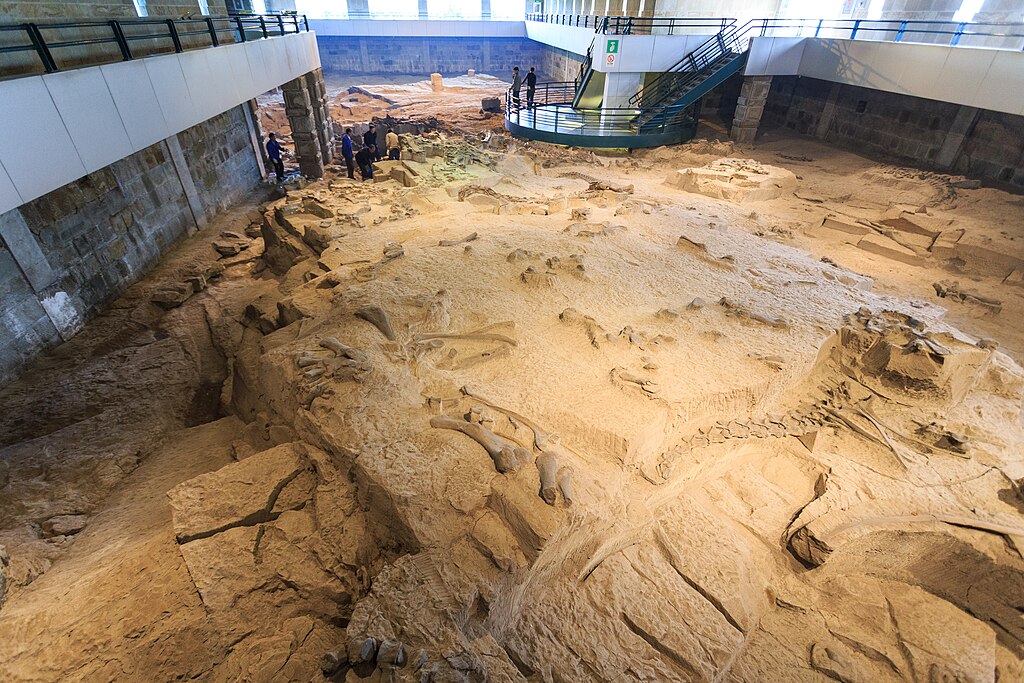
The issues highlighted by Larson’s case continue to reverberate throughout paleontology, as tensions between commercial collectors and academic scientists remain unresolved. High-profile dinosaur auctions continue to generate controversy, with specimens like Stan (another T. rex) selling for $31.8 million in 2020, raising renewed concerns about important fossils becoming inaccessible to researchers. Many academic paleontologists argue that scientifically significant specimens should always remain in public institutions where they can be studied by researchers and viewed by the public, not sold to the highest bidder. Conversely, commercial collectors contend that without their expertise and financial investment, many fossils would remain undiscovered or erode, and that the profit motive incentivizes the discovery of specimens that might otherwise be lost to science. Some countries, including Mongolia and China, have enacted strict laws prohibiting the export of fossils, leading to legal actions against auction houses and collectors dealing in specimens from these regions. The debate has intensified with the rise of online fossil marketplaces, making it easier than ever for specimens to change hands internationally, sometimes with limited documentation of provenance or legal collection status.
The Ongoing Scientific Study of T. Rex
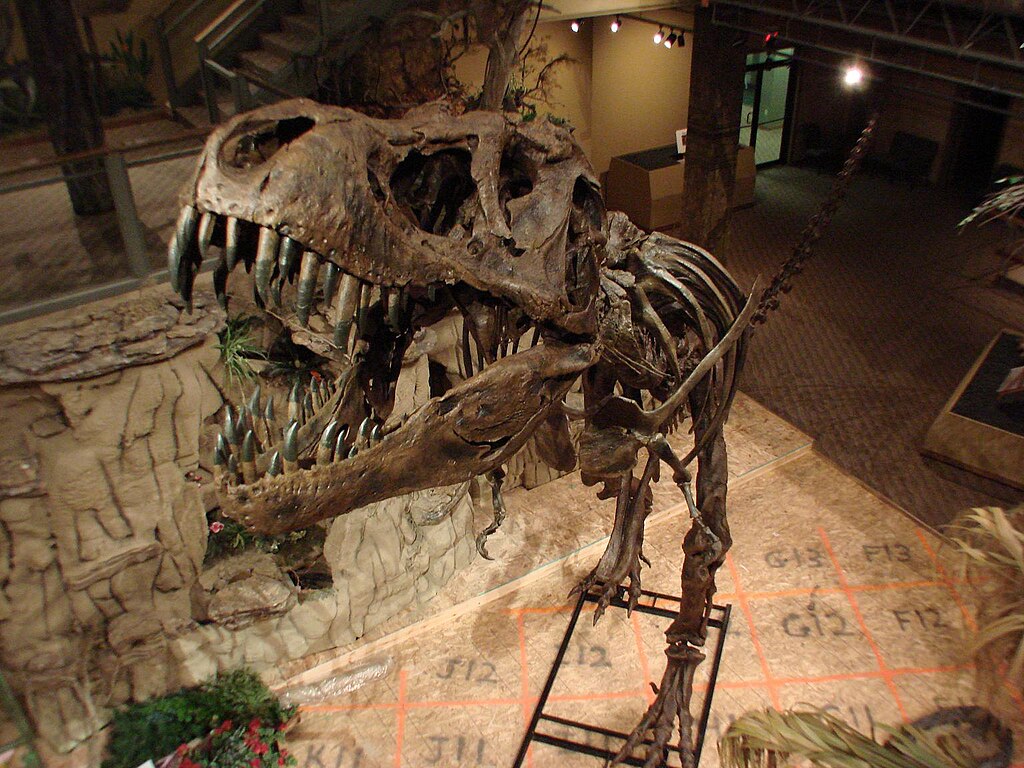
Since Sue’s discovery, scientific understanding of Tyrannosaurus rex has evolved significantly, with each new specimen adding to our knowledge of this iconic predator. Recent research suggests that T. rex was even more formidable than previously thought, with studies of Sue and other specimens indicating bite forces powerful enough to crush bone – a feeding behavior supported by bone fragments found in fossilized feces. Analysis of growth rings in bones has revealed that T. rex experienced rapid growth during adolescence, potentially gaining up to 1,700 pounds per year during peak growth phases. The discovery of feathered tyrannosaur relatives has led to ongoing debates about whether adult T. rex retained any feathering or had mostly scaly skin, questions that continue to be investigated through microscopic analysis of skin impressions. Advanced imaging techniques applied to Sue and other specimens have provided new insights into brain structure, suggesting T. rex had highly developed senses of smell and hearing that would have aided in hunting. The collective scientific work on T. rex specimens, including Sue, has transformed our understanding of these animals from simple movie monsters to complex, sophisticated predators that dominated their ecosystems through specialized adaptations and sensory capabilities.
Larson’s Broader Contributions to Paleontology

Despite the controversy surrounding Sue, Peter Larson’s broader contributions to paleontology remain significant and respected within much of the scientific community. Through the Black Hills Institute, Larson has been involved in the discovery, excavation, and preparation of numerous important dinosaur specimens beyond Sue, including several additional T. rex skeletons that have advanced scientific understanding of the species. His technical expertise in fossil preparation and skeleton mounting has set industry standards, with methods he developed now widely adopted by both commercial and academic preparators. Larson has co-authored scientific papers on tyrannosaur biology, taphonomy, and behavior that have been published in peer-reviewed journals, demonstrating his commitment to contributing to scientific knowledge rather than simply collecting for profit. His willingness to collaborate with academic researchers has resulted in productive partnerships that bridge thegap between commercial fossil enterprises and traditional academic paleontology. By fostering these collaborations, Larson has helped to legitimize and elevate the role of private institutions in paleontological research. His work has also played a vital role in public education, with many of the specimens prepared by the Black Hills Institute featured in museum exhibits worldwide, inspiring new generations of scientists and enthusiasts alike. Despite ongoing debates over fossil ownership and commercialization, Larson’s legacy remains deeply intertwined with both the advancement of paleontological science and the broader public appreciation of prehistoric life.

